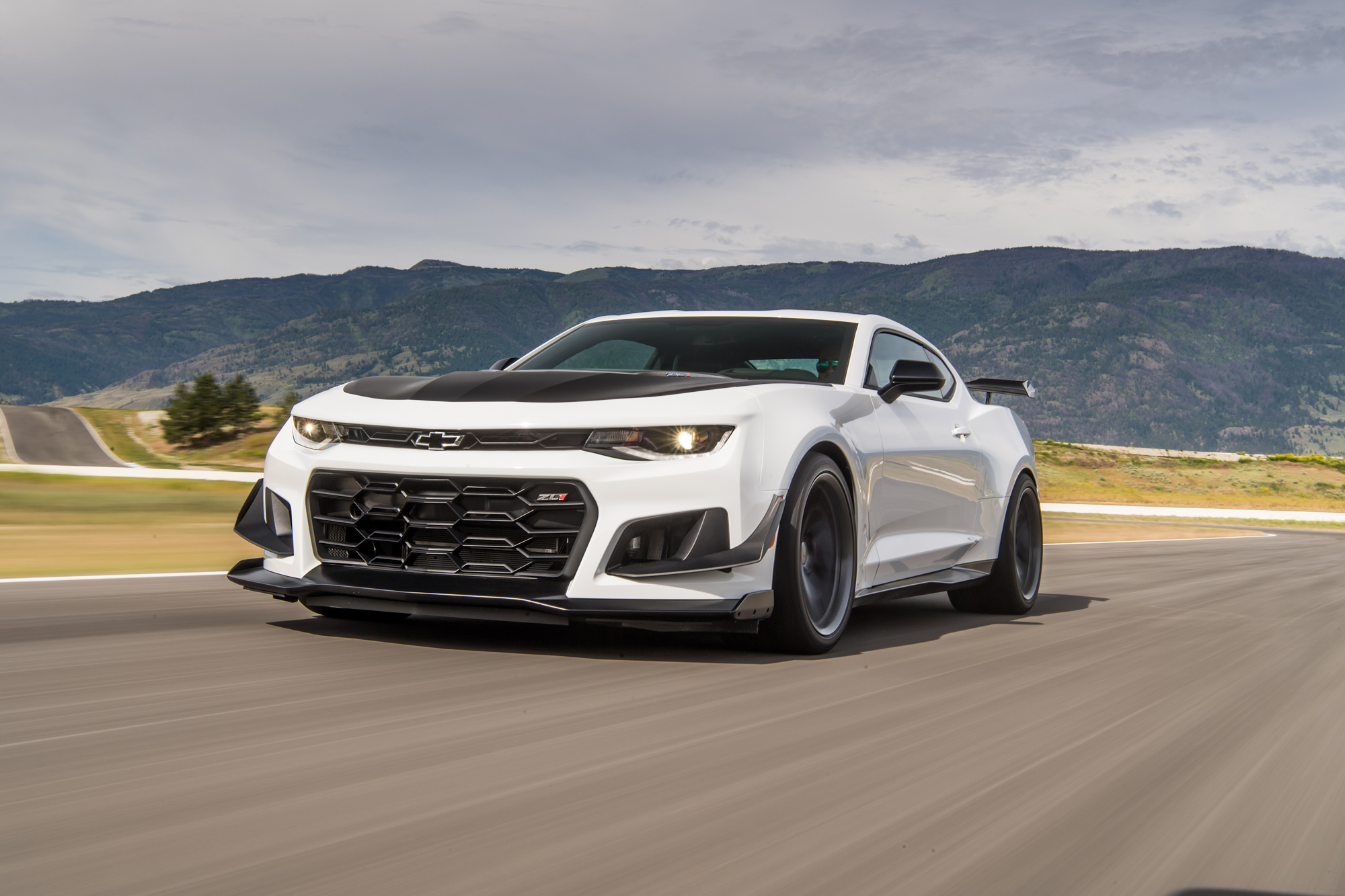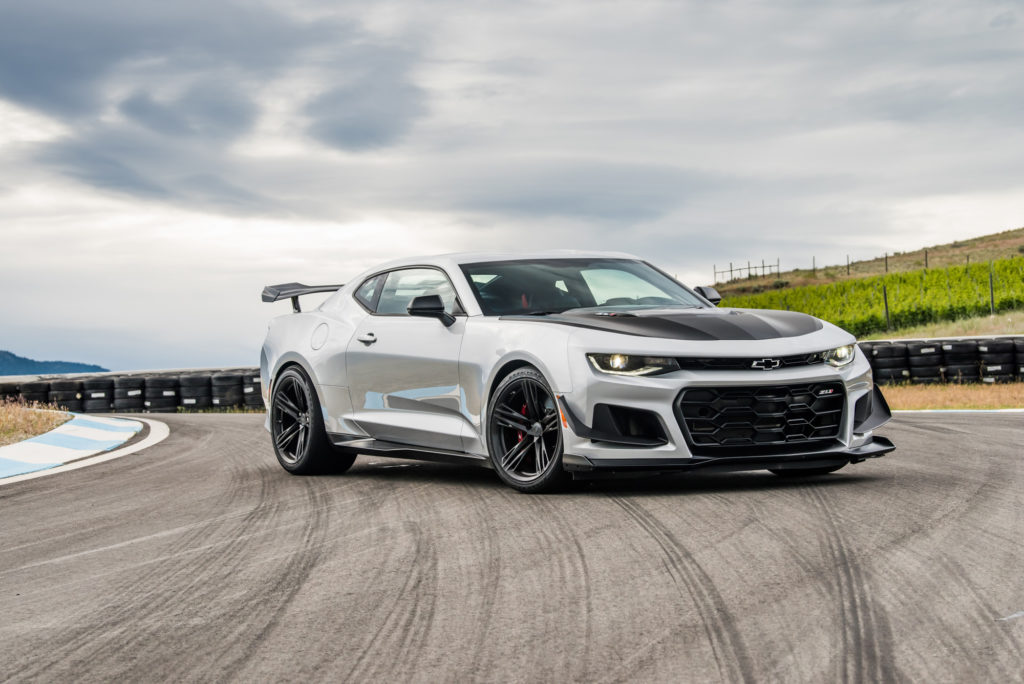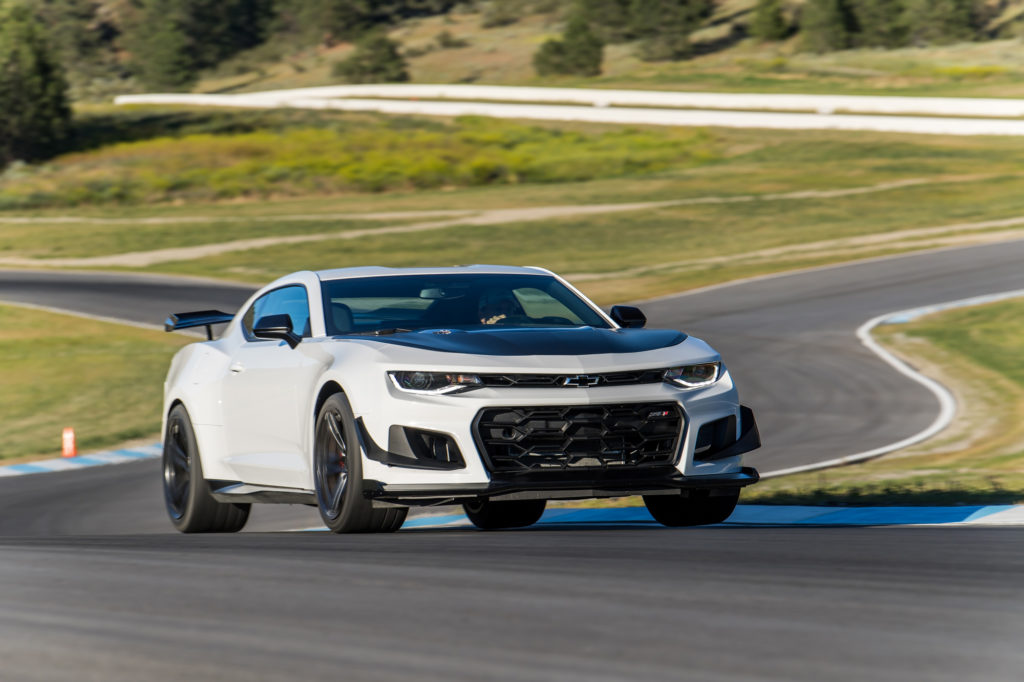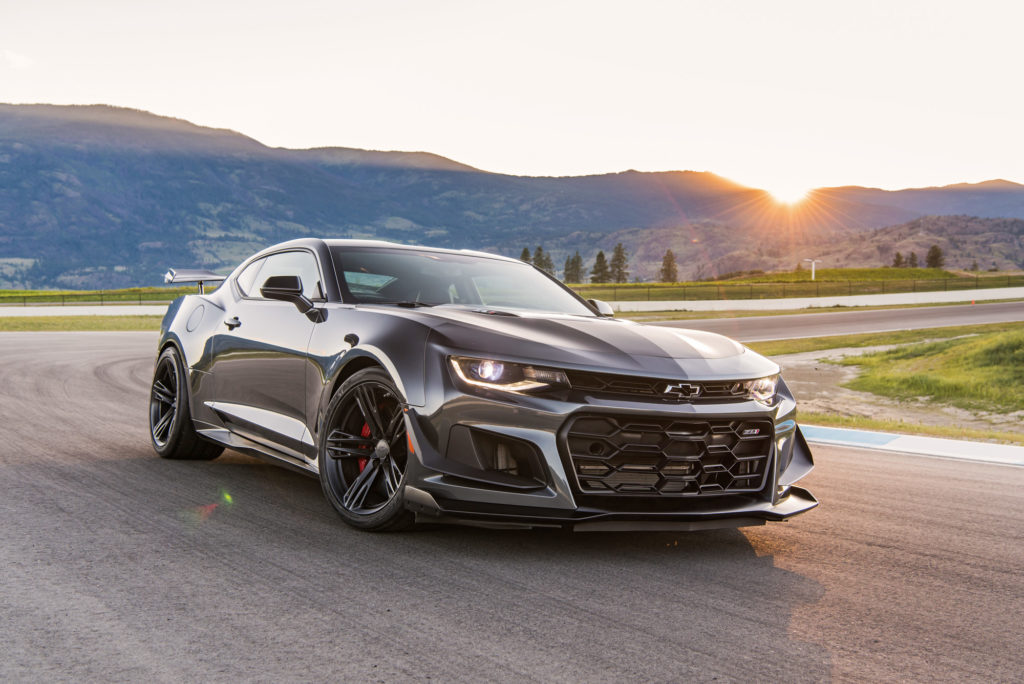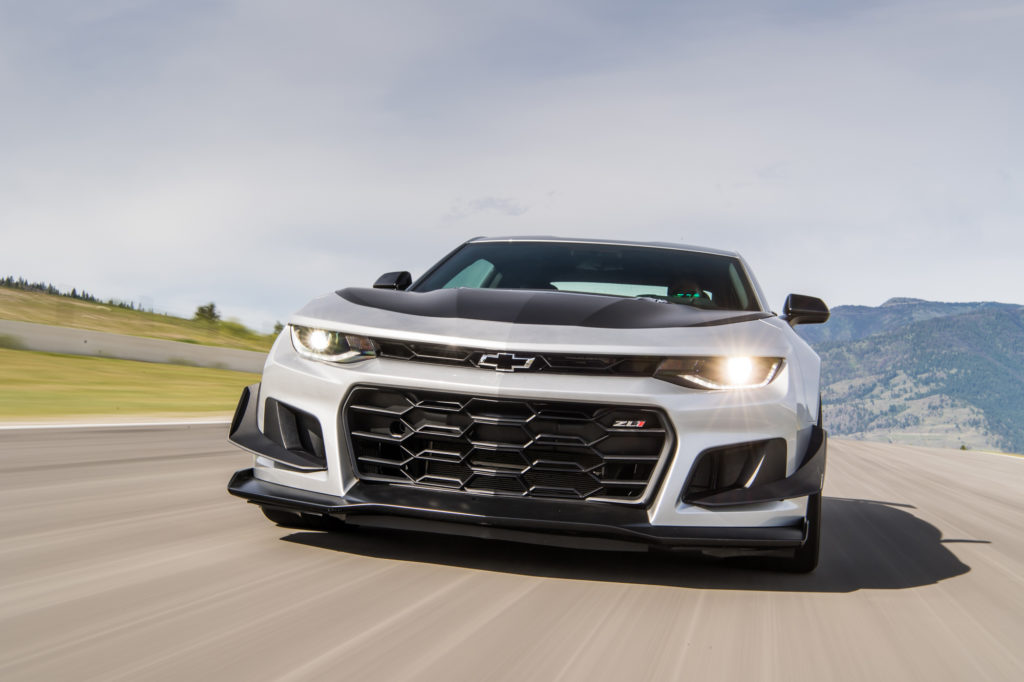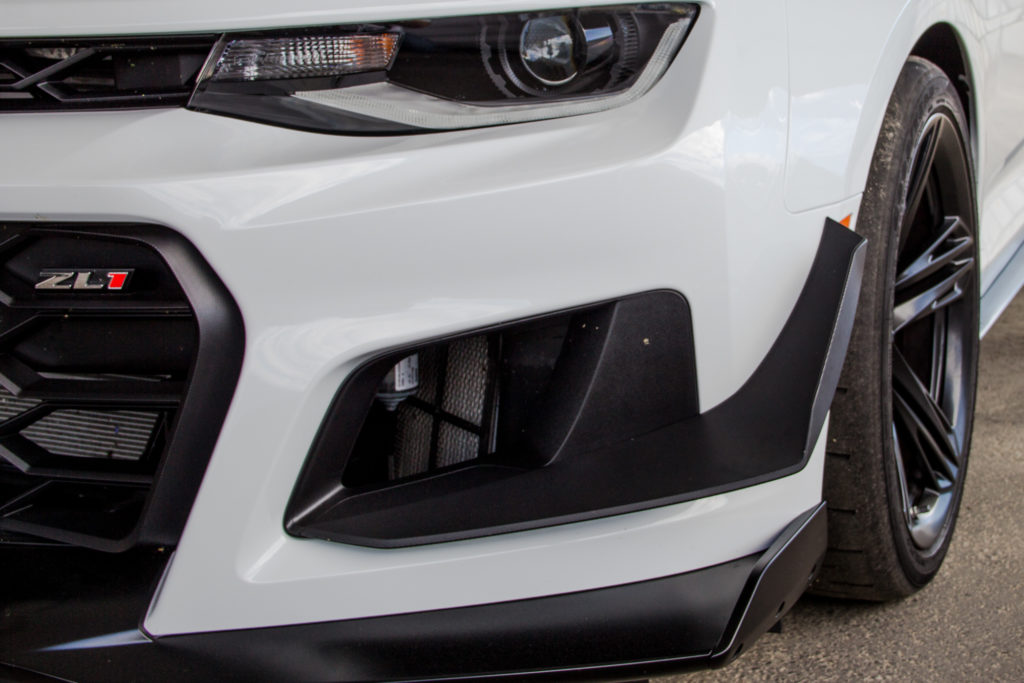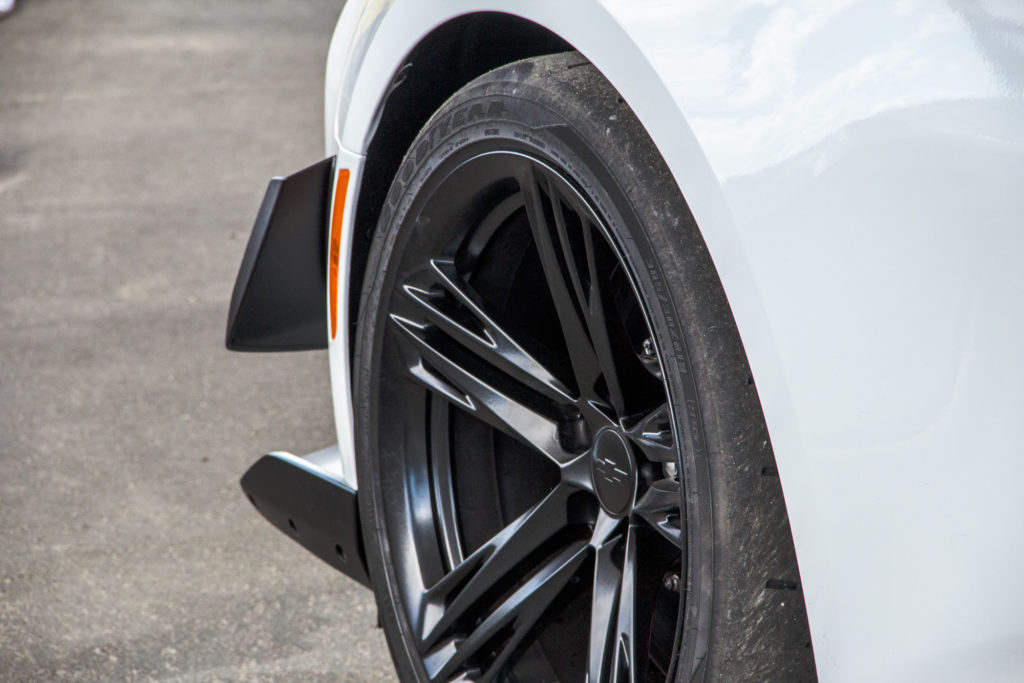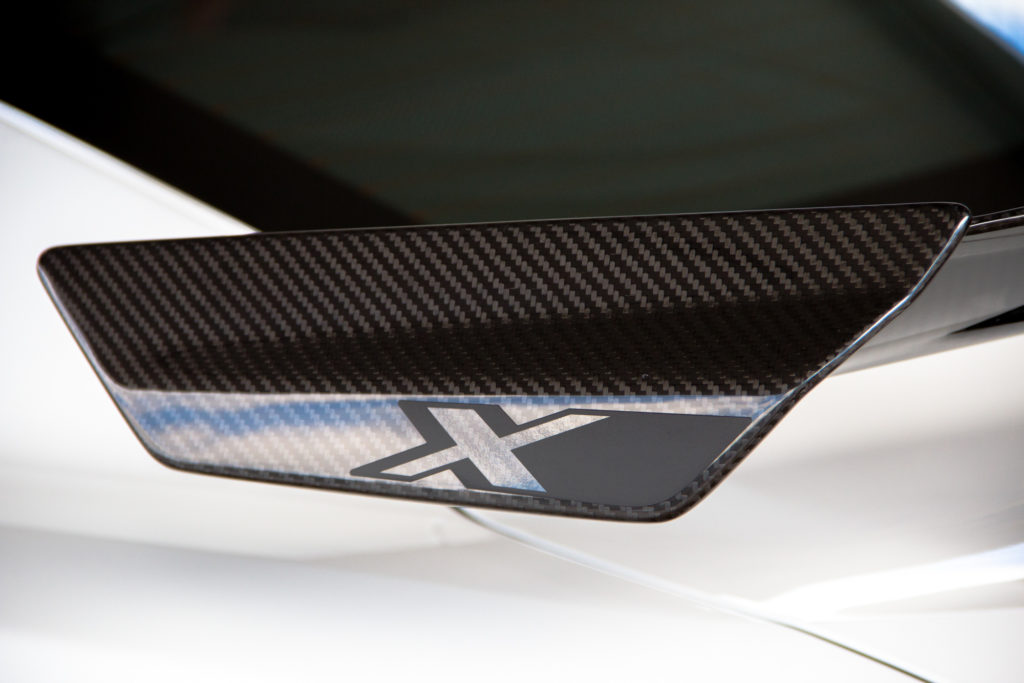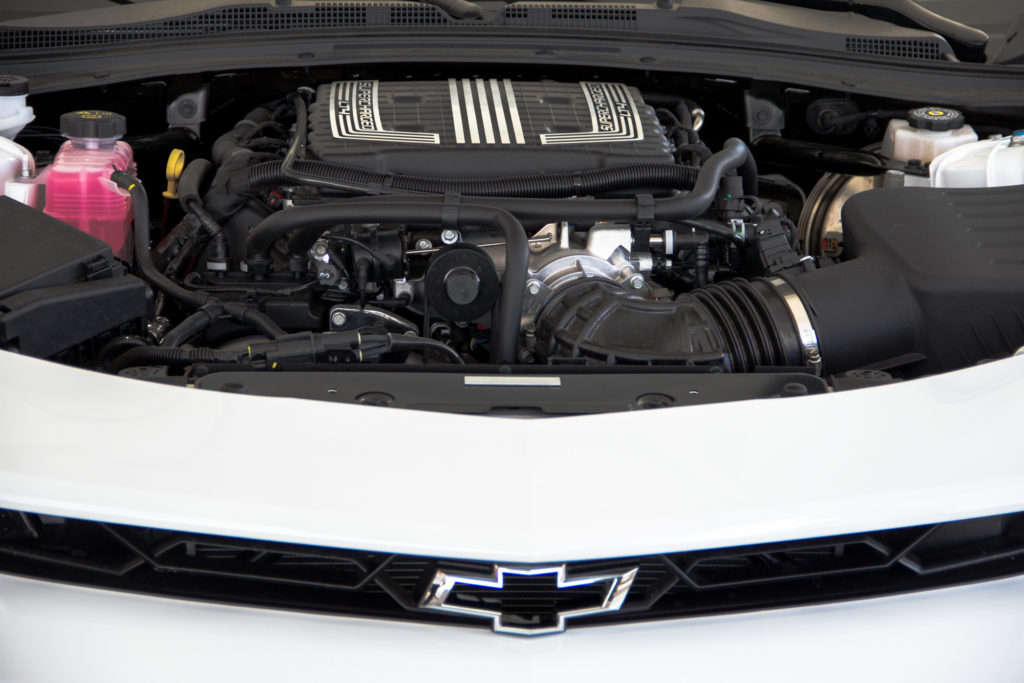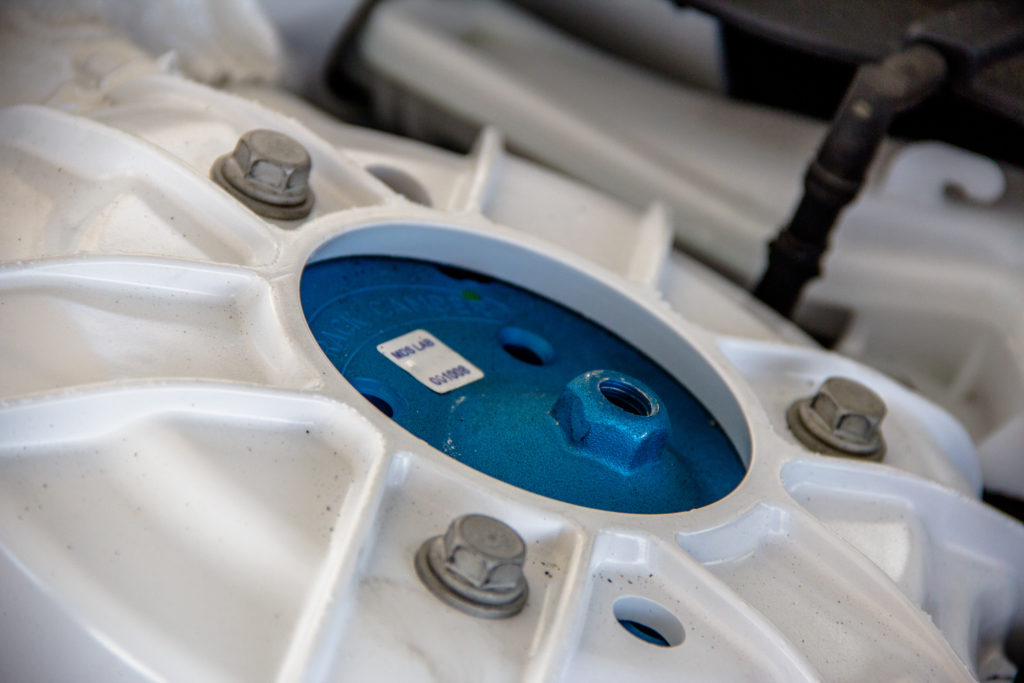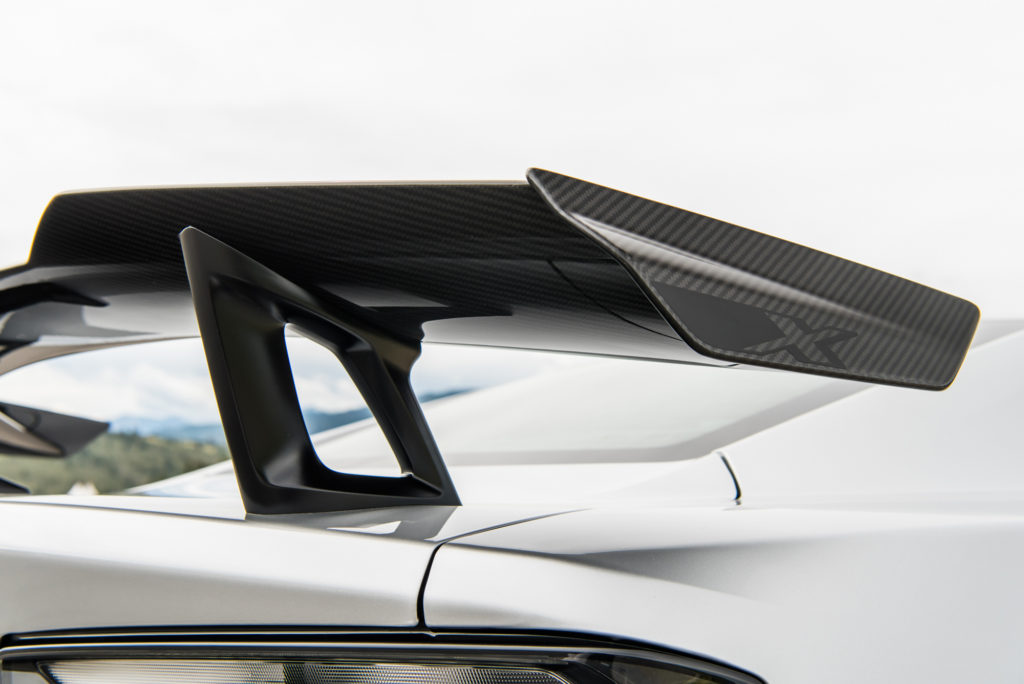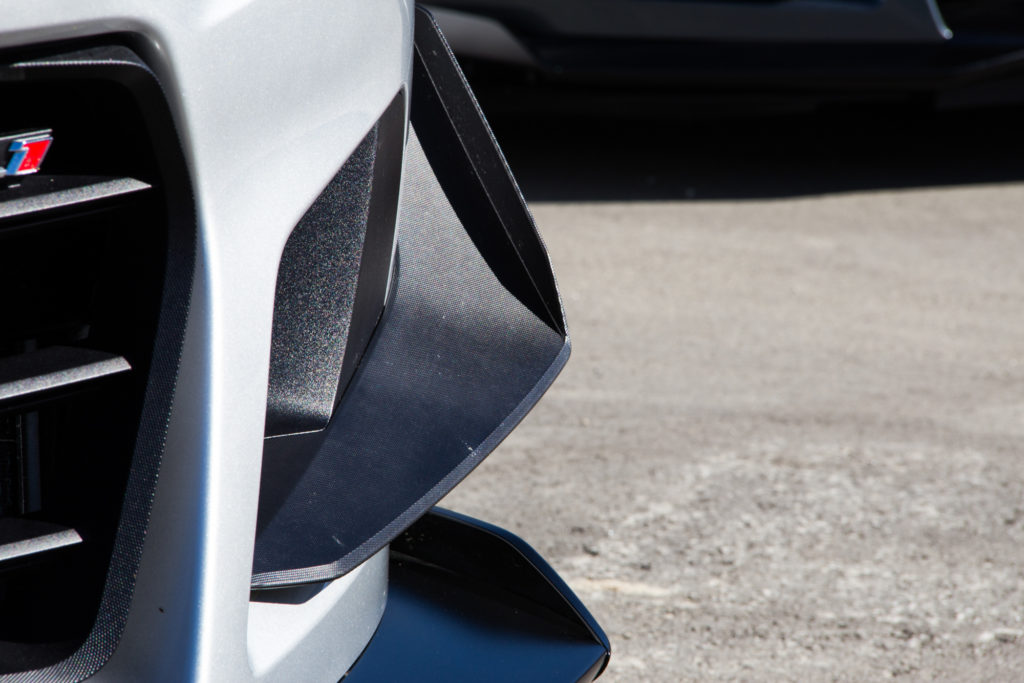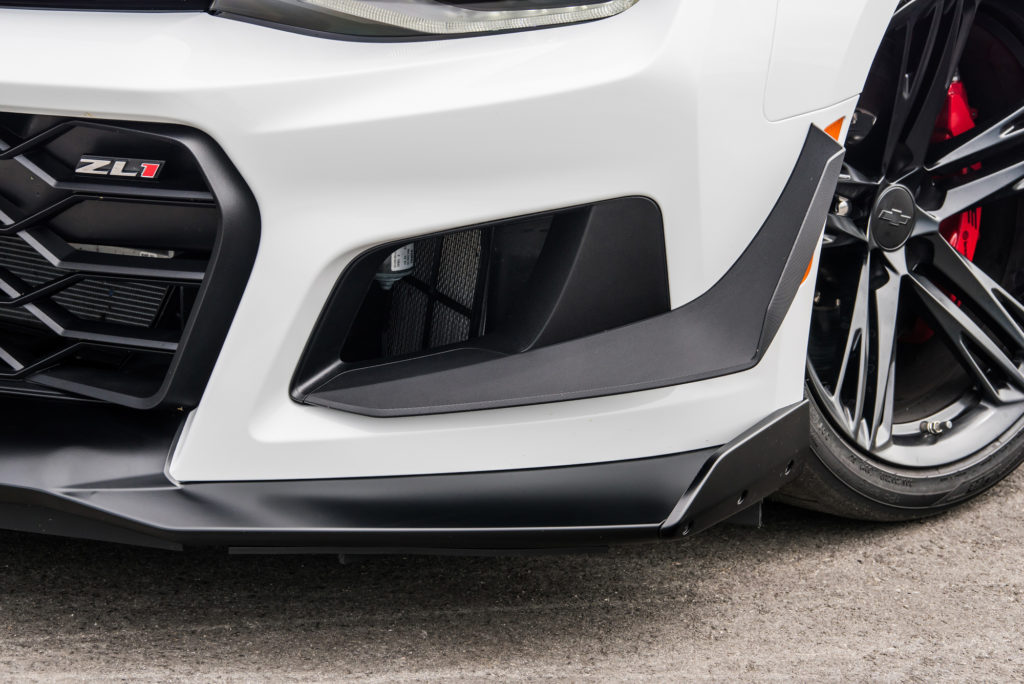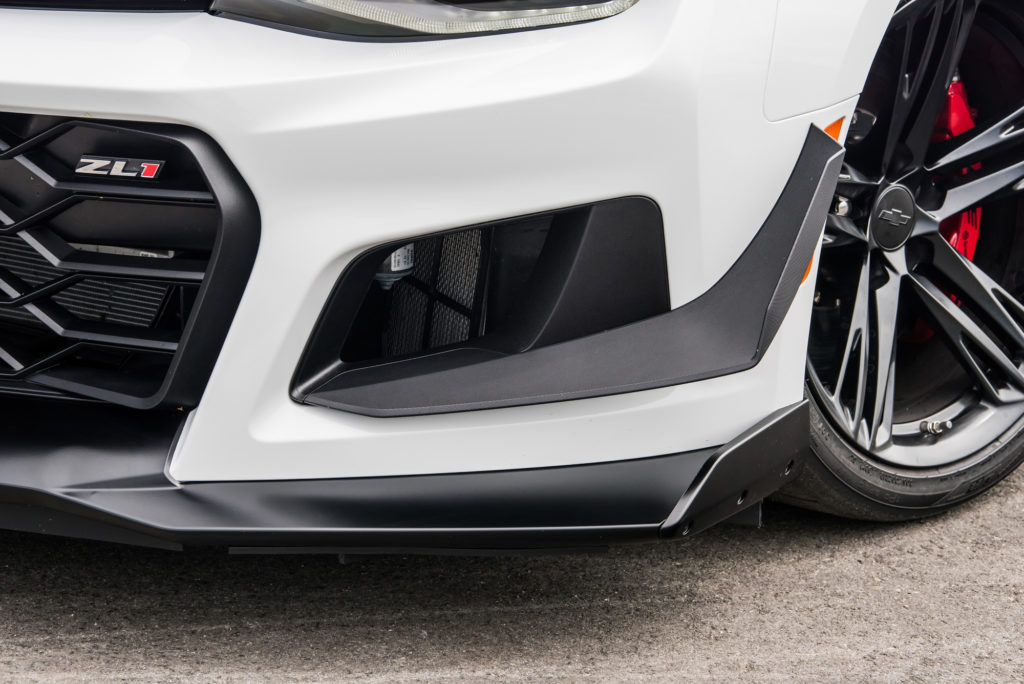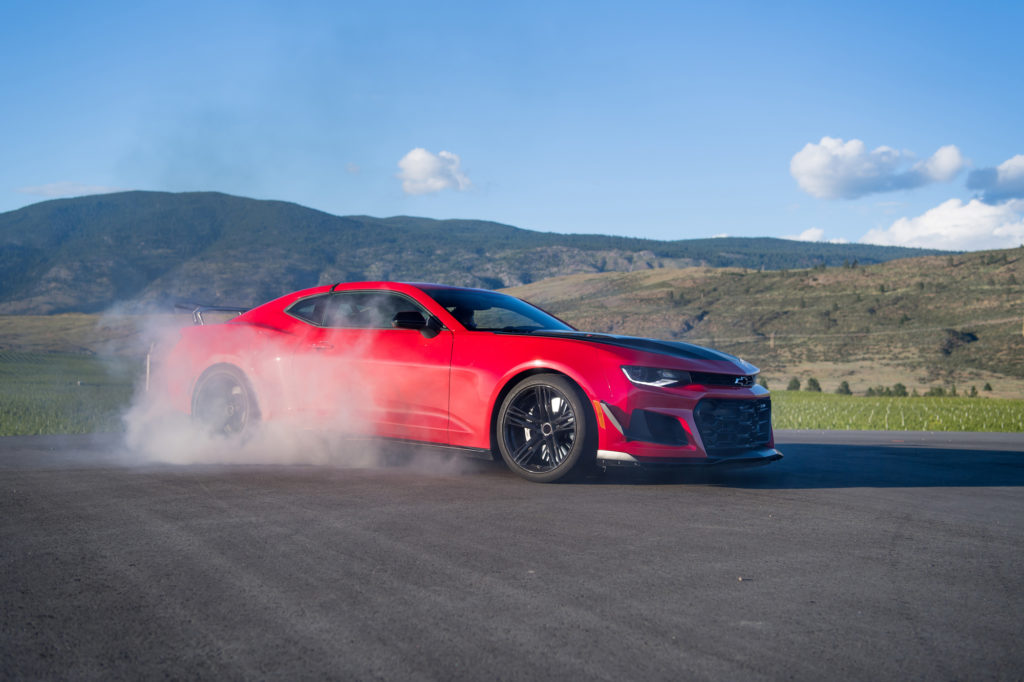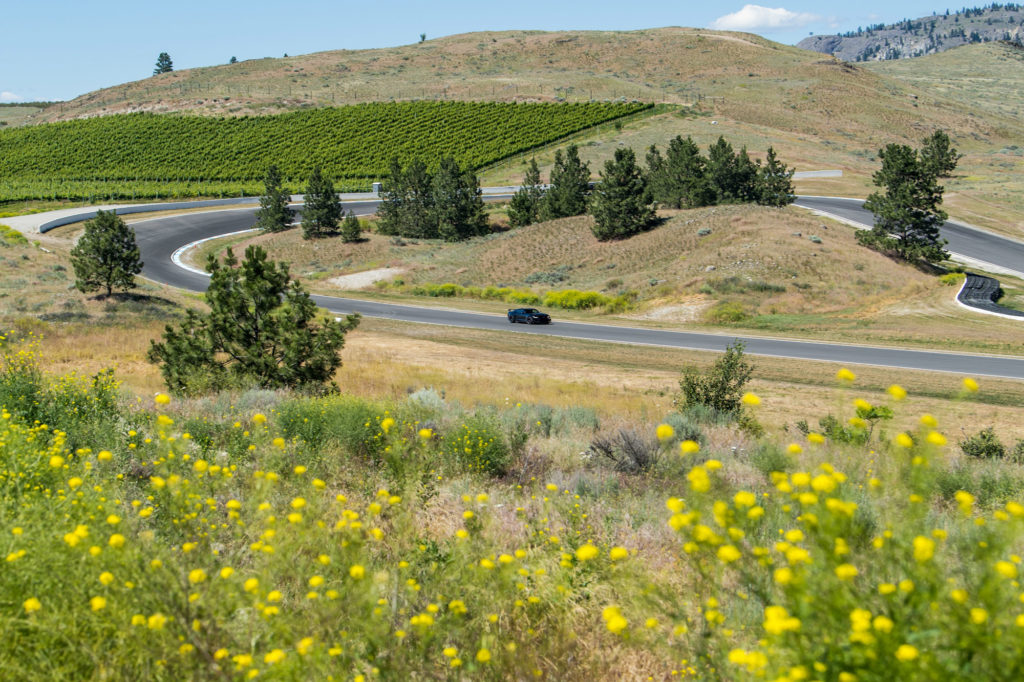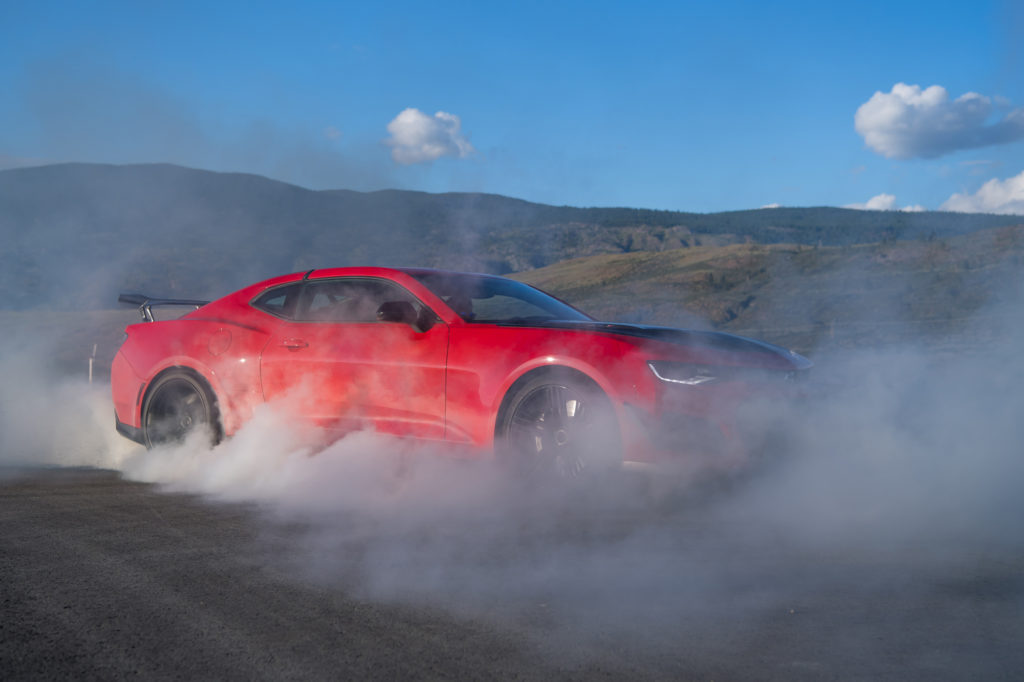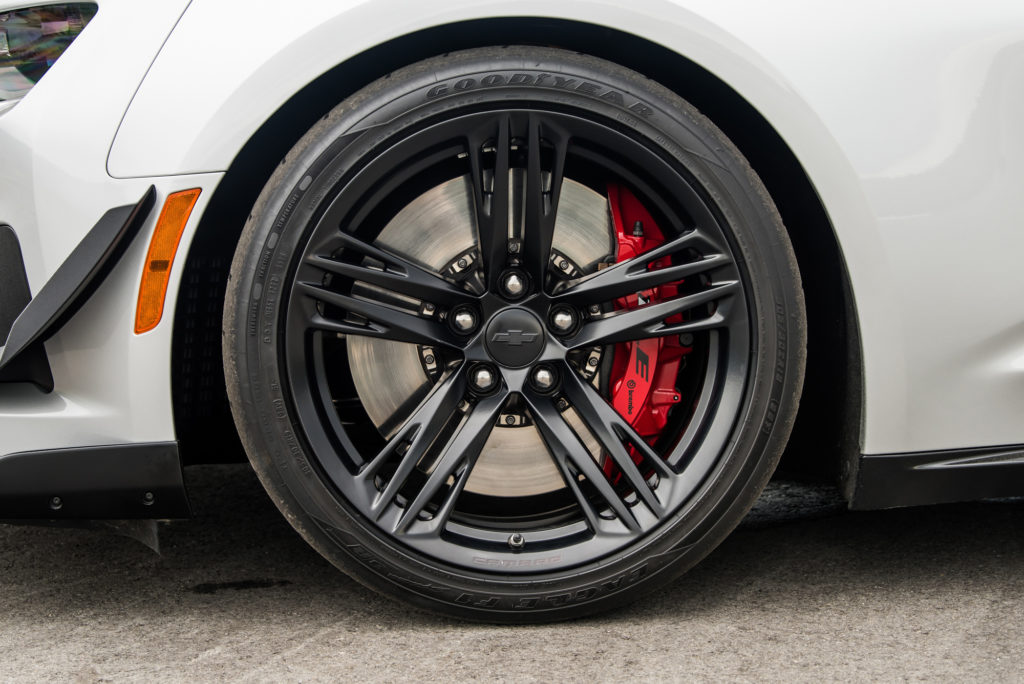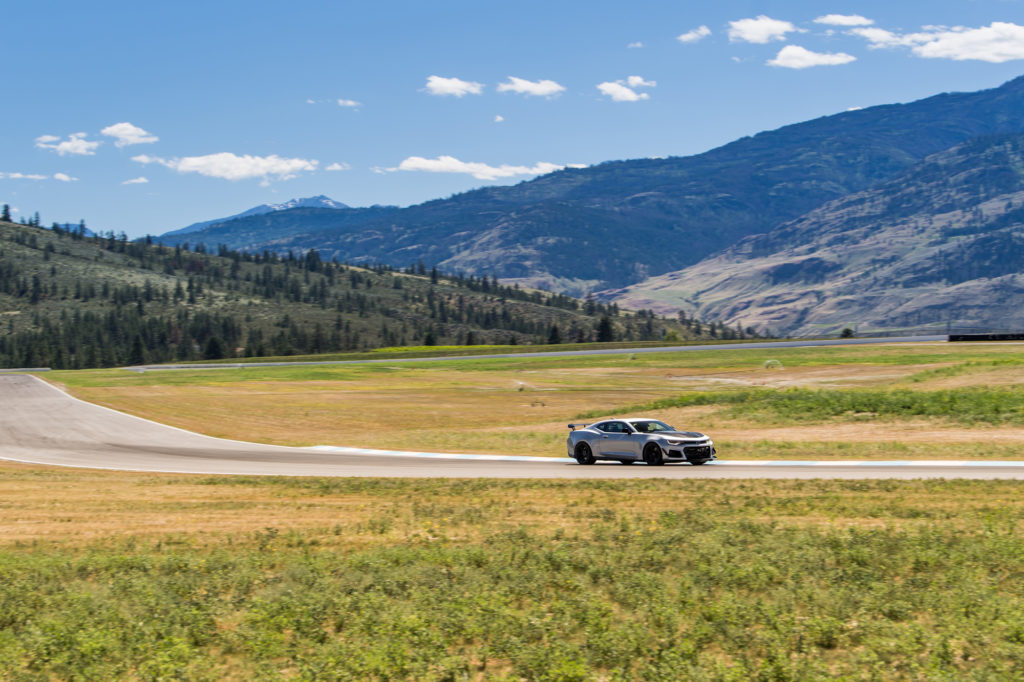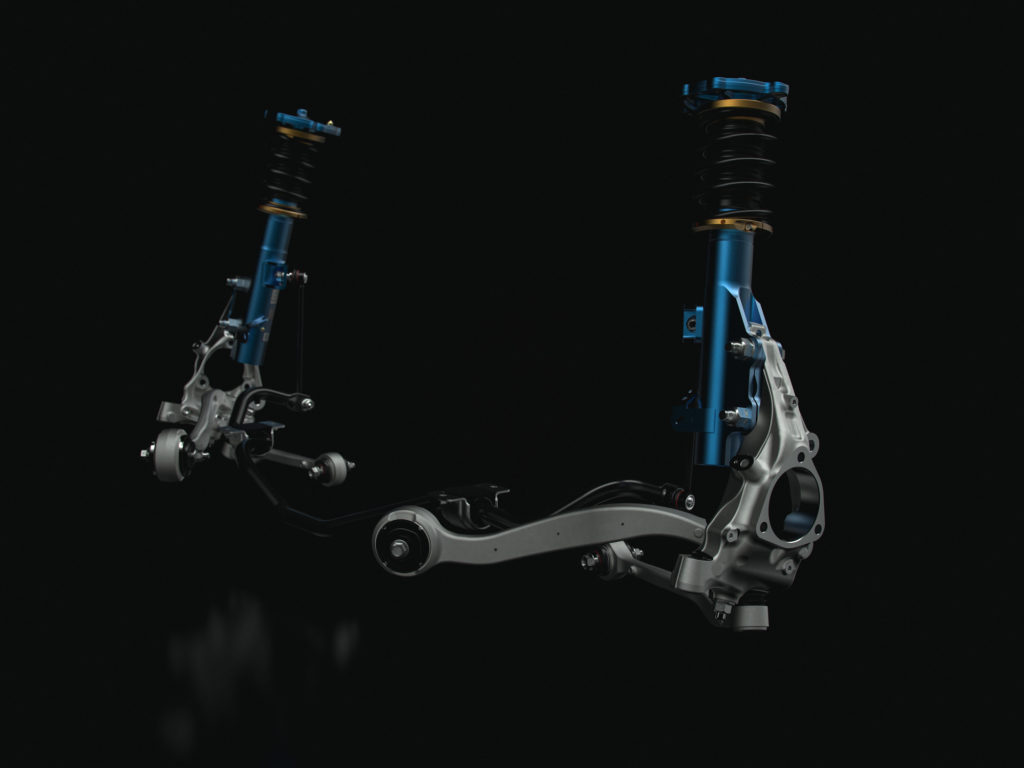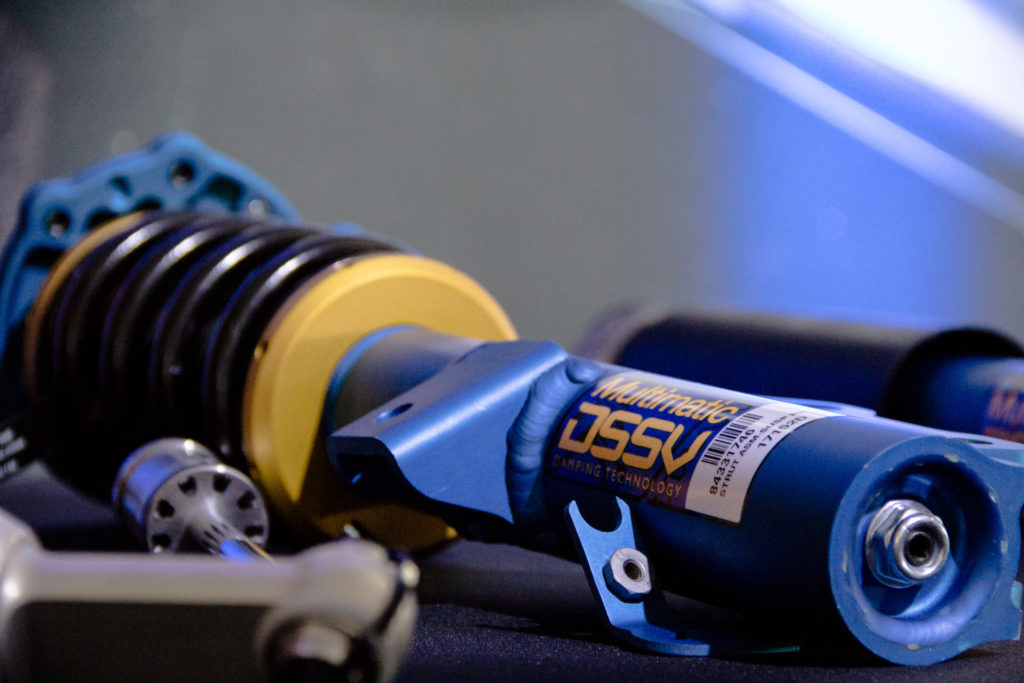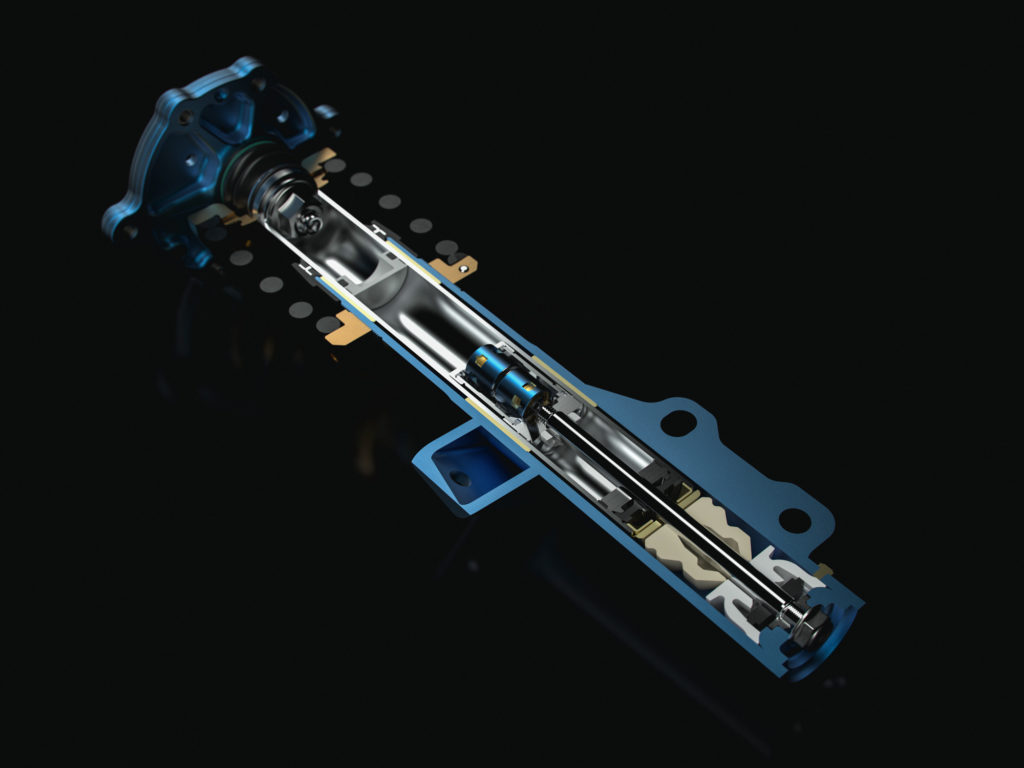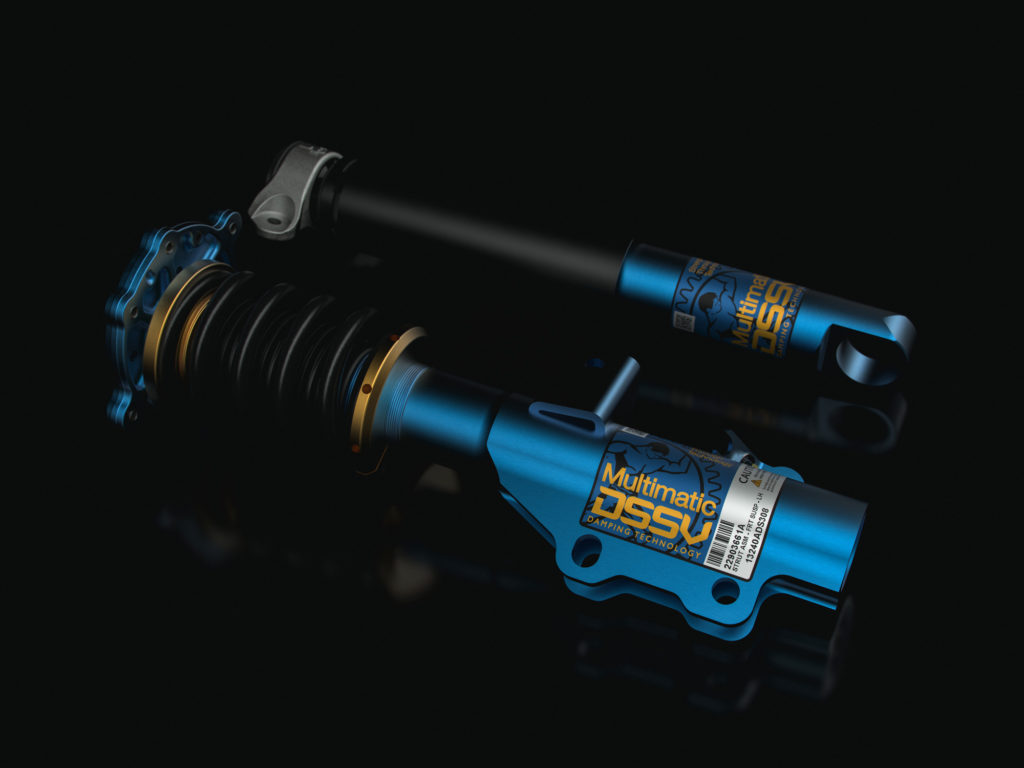2018 Camaro ZL1 1LE: Masterclass of Engineering
2018 Camaro ZL1 1LE: We drove it, and it’s damn near perfect.
At least, it’s nearly perfect…which might be the lone flaw in the quickest Camaro ever produced. The 2018 Camaro ZL1 1LE features blistering road course performance that will outright embarrass virtually all other cars south of $100,000—not to mention many priced well north. With a base price of $69,995, there can be little doubt that it’s the bang-for-the-buck king of track-ready production vehicles.
Such a statement was obvious before the car was announced, back when camouflaged prototypes sprouted wings and started terrorizing the Nurburgring.
I’ve driven it, and I’ll say this: putting the ZL1 1LE through its paces in its natural habitat leads to a conclusion just as obvious: it’s nearly the perfect car for a track-addicted gearhead. Nearly.
On a race track, it does everything you ask of it, and nothing more. With the 650 hp, 650 lb-ft supercharged LT4 under the hood, it accelerates smoothly and effortlessly. Turn-in is immediate and precise, and the ZL1 1LE-exclusive Goodyear Eagle F1 Supercar 3R tires—in a mammoth 305/30/19 up front and 325/30/19 in back—are all too happy to have a chat with you mid-corner about how the car feels.
There’s only the slightest hint of understeer, and it’s easily dialed out using the throttle or brake pedal. What makes this such a great driver’s car, though, is more than just well balanced handling. Much of the suspension, namely the rear stabilizer bar, front camber plates, and front ride height, is tunable to match individual driving styles.
Essentially, Chevrolet engineers took a ZL1, and developed the parts to soup it up in exactly the way a seasoned track veteran would. At the end of the day, the ZL1 1LE amounts to a very well-sorted turnkey project car. One that comes with a warranty, no less.
There’s nothing for a gearhead to change.
After putting this overt middle finger to the supercar class through its paces at the brand new and very demanding Area 27 race track in Canada, I found myself pondering a classic gearhead dilemma. How would I modify the car, if I owned it? What would make it a better track toy without resorting to parts made from unobtanium or making the car unfit for driving on public roads?
My conclusion is that I wouldn’t change a thing. Everything new on the ZL1 1LE is something upon which no product in the aftermarket will appreciably improve. In a sense, defeating the aftermarket is one of the reasons this car exists. Chevrolet’s marketing gurus know owners want to soup up their cars. Most of the ZL1 1LE’s go-fast goodies will be available in the Chevrolet Performance Parts Catalog, ready for owners of any sixth generation Camaro owner, regardless of their factory options, to purchase and install.
A Formula One-derived wing… on a Camaro?
The aerodynamic tweaks are the most obvious visual differentiators of this new King of the Pony Cars. The wing in back develops 300 pounds of downforce at 150 mph; it’s no glorified arm rest to use while trading bench-racing tales at the local drive-in. Chevy engineers threw a Camaro into a state of the art wind tunnel in Brackley, England — the same tunnel that the Mercedes F1 team uses to develop its World Champion racers — and developed the wing from scratch. They then adjusted the wing’s height to keep the car as balanced and stable as possible at high speed.
The dive planes in front help with turn-in at triple digit speeds, but they also direct air into the ducts that formerly housed the daytime running lamps, now vacated in the name of weight savings and cooling efficiency.
Cresting a blind up-and-down left hand kink at the top of third gear brings the brilliance of the aero into clarity. You can love or hate the way they look, but they work, period. The same section of track in the suddenly inferior SS 1LE is more than a little hairy. First the front, then the rear steps out at the sudden change in grip. In the ZL1 1LE, the car remains affixed to terra firma, keeping drama to a minimum.
Goodyear aced the tire portion of the test.
GM put a lot of faith in Goodyear when it awarded the contract to handle every OEM Camaro tire. Goodyear rewarded that faith with the new Eagle F1 Supercar 3R tire, which comprises two separate tires, engineered specifically for this one car. The level of commitment Goodyear displayed is hard to fathom. The company pulled in engineers from its motorsport division who proceeded to make a variety of compounds by blending resins from racing and street tires.
Ultimately, Goodyear tested at 11 different tracks and spent three years developing the tire. For each compound, engineers went to a track, hand-carved tread patterns, and fine-tuned based on driver feedback. The front and rear tires feature a somewhat differing construction as part of the overarching plan to optimize the car’s inherent traits.
It shows.
The car responds beautifully to trailbraking. The front end bites, and the car rotates as only the best do when approaching an apex. At corner exit, the tires put the power to the pavement without sacrificing too much lateral grip. The result is that you can accelerate even earlier.
The ZL1 1LE suspension is a bona fide track setup.
Multimatic is no stranger to high end suspension setups, and its Dynamic Suspension Spool Valve (DSSV) system is as high end as it gets. It supplied Red Bull Racing, and contractually prohibited the quadruple World Champions from dissecting the DSSV dampers. Simply stating that the ZL1 1LE (as the Z/28 before it) utilizes such shocks and struts undersells the significance, though.
The Canadian firm completely re-engineered the strut housing, making it stronger and lighter. All total, it shaved 18 pounds from the front suspension. Compared to the regular ZL1, the ZL1 1LE’s components exhibit much less flex under heavy cornering, too.
At the expense of some noise, vibration, and harshness, engineers then traded rubber bushings for solid mounts. An adjustable camber plate followed. It’s easy enough to adjust that even a novice could do it in five minutes. Simply lift the car, undo three bolts, and spin it around until you can see “Track Camber” spelled out in front of you.
On the track, it comes together. The stiffer strut housings and solid bushings allow those camber plates to work their magic. In turn, they optimize the tires’ contact patches, enhancing cornering capabilities at all speeds.
It’s no fluke that the ZL1 1LE works so well
Chevy engineers worked hand-in-hand with their counterparts at Goodyear and Multimatic to ensure each component was the best it could be. Everything works harmoniously because they applied the same design brief across the board.
The bottom line is this: if you want a no-holds-barred Camaro, that can obliterate lesser cars that cost twice as much, the ZL1 1LE is your choice.
If $70,000 is too much for your wallet, think of the ZL1 1LE as a blueprint, and build a piecemeal clone. That it’s a rolling poster car for its own corner of the aftermarket is part of the hidden genius that makes the ZL1 1LE such a winning proposition for Chevrolet.
Of course, being nearly perfect on a race track helps.

